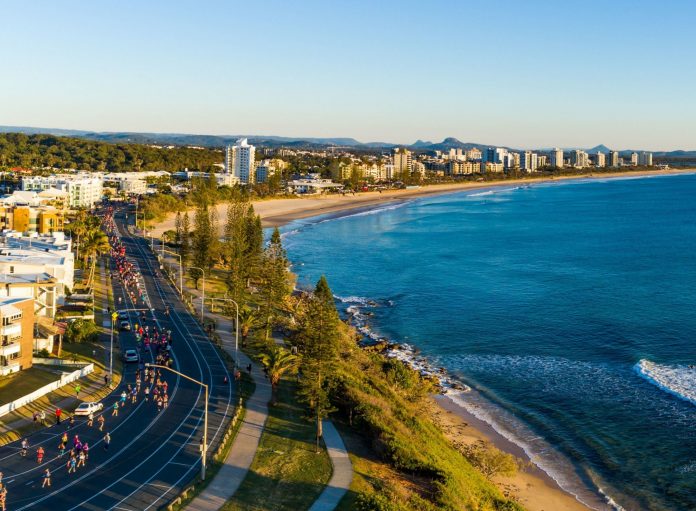The Sunshine Coast must encourage more high- and medium-density development to curb the urban sprawl and help resolve the housing crisis, one of our most respected town planners says.
Project Urban managing director Andrew Stevens says the region needs not only an increased supply of all types of housing – low, medium and high density, low-priced and luxury – but also “a complete change in mindset towards how we’re going to house people” because of the extent of the accommodation crisis right now.
“We need to consolidate our density around our centres and current and future transport nodes,” the former Urban Development Institute of Australia (UDIA) chair says.
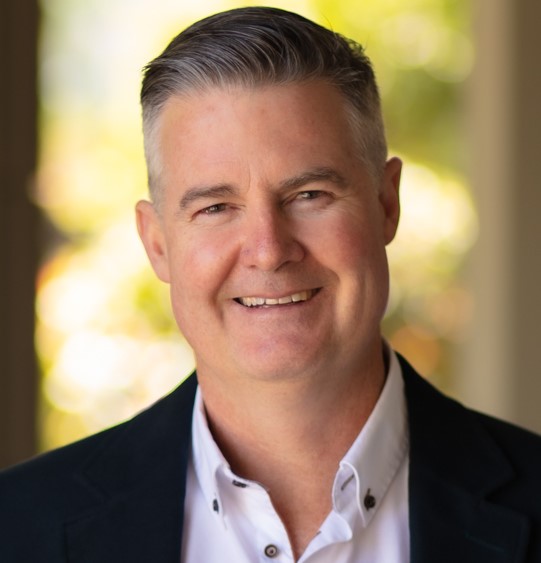
“You only need to look at areas like Noosa to see what impacts the housing shortage is having. Restaurants are no longer opening for breakfast, which had always opened for breakfast. No longer are the restaurants open seven days a week because they can’t find staff; they can’t find baristas because they physically can’t find anywhere to live.”
But the Sunshine Coast and high-rise have been an unpalatable pairing for more than half a century, coinciding with the rise of skyscrapers on the Gold Coast.
The Kinkabool, completed in 1959, was the first in Surfers Paradise, but was soon joined by a string of beachfront hotels such as Iluka and St Tropez in the early ’70s.
The proliferation of multi-storey residential and resort hotels that has sprouted between the Pacific Ocean and Gold Coast Highway continues today, throwing shadows on to the beach and filling almost every spare gap in the skyline – some blocks on a second-generation of high-rise development.
Our first high-rise, the 11-storey Maroochy Sands on the corner of Aerodrome Road and Sixth Avenue, Maroochydore, officially opened in April 1971.
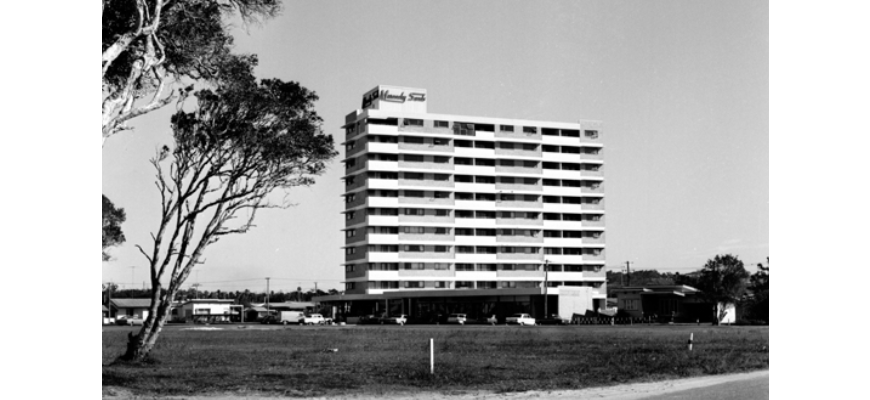
It wasn’t long before public opinion heightened fears that the region would “become another Gold Coast” if left unchecked.
But Mr Stevens says much has changed in 50 years and the Sunshine Coast is mature enough to realise that “we’re running out of land”.
“We’ve always had several medium-sized subdivisions proceeding on the Coast – subdivisions of 800 to 1000 lots, including Peregian Springs, Parklakes (Bli Bli), Meridan Plains, Birtinya, Brightwater, Pelican Waters, Bokarina Beach and Sunshine Cove,” he says.
“Those projects were delivering about 1000 lots a year into our infill areas. They are now completed and there’s no more of those medium-sized subdivisions to replace them.
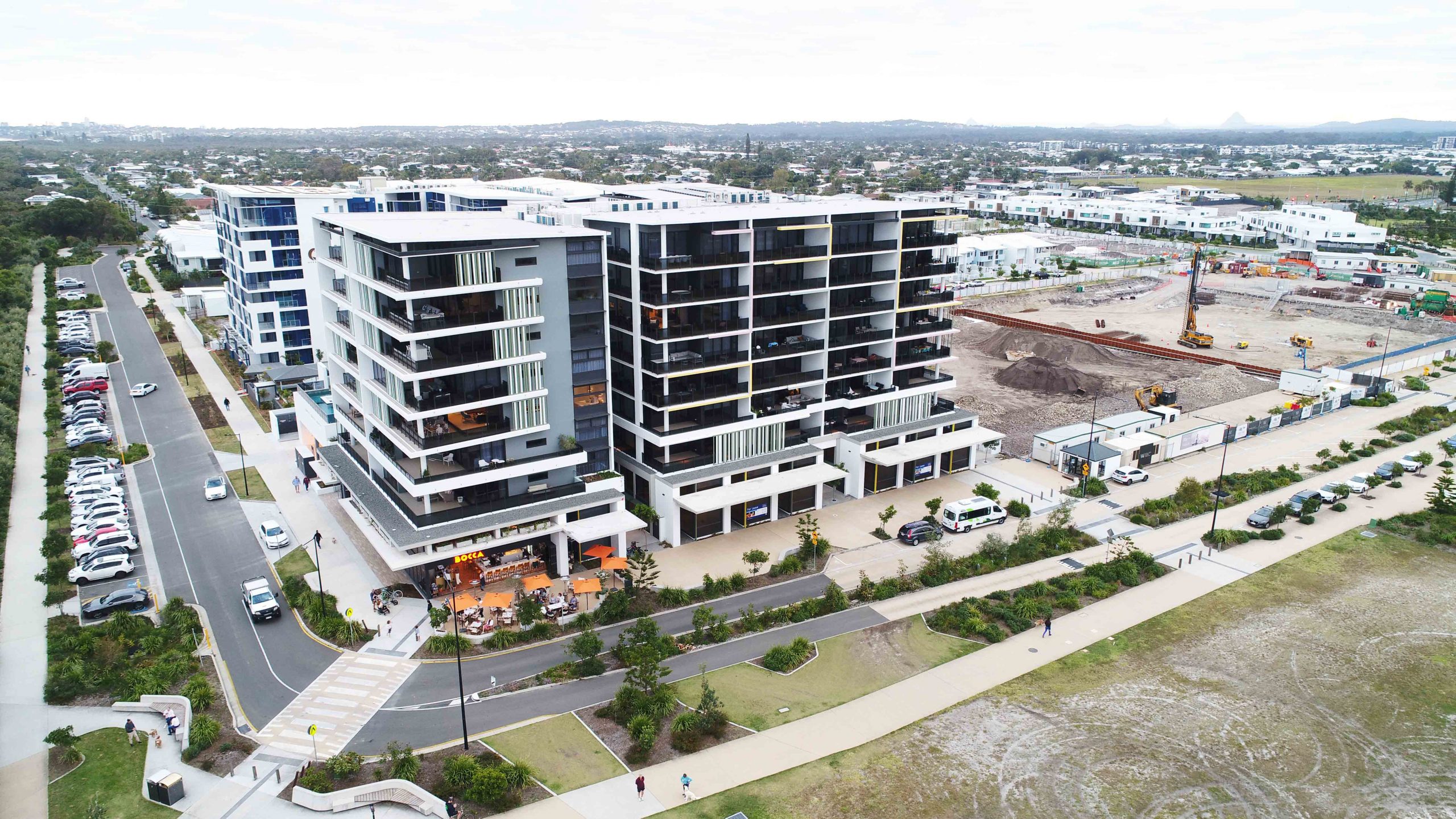
“Everyone says that we don’t want to be like the Gold Coast. However, as an urban planner, the high-rises and concentration of density along the beach isn’t the part of the Gold Coast which we should be trying to avoid.
“It’s their urban sprawl from behind the dunes all the way up into the hinterland, and if we don’t get our densities right in the coastal fringe, then the only other solution will be having urban development stretching up into the ranges.
“As a planner and a long-term resident of the Coast, that’s a change I don’t want to see.
“We have to protect the integrity of our foreshore and our hinterland.”
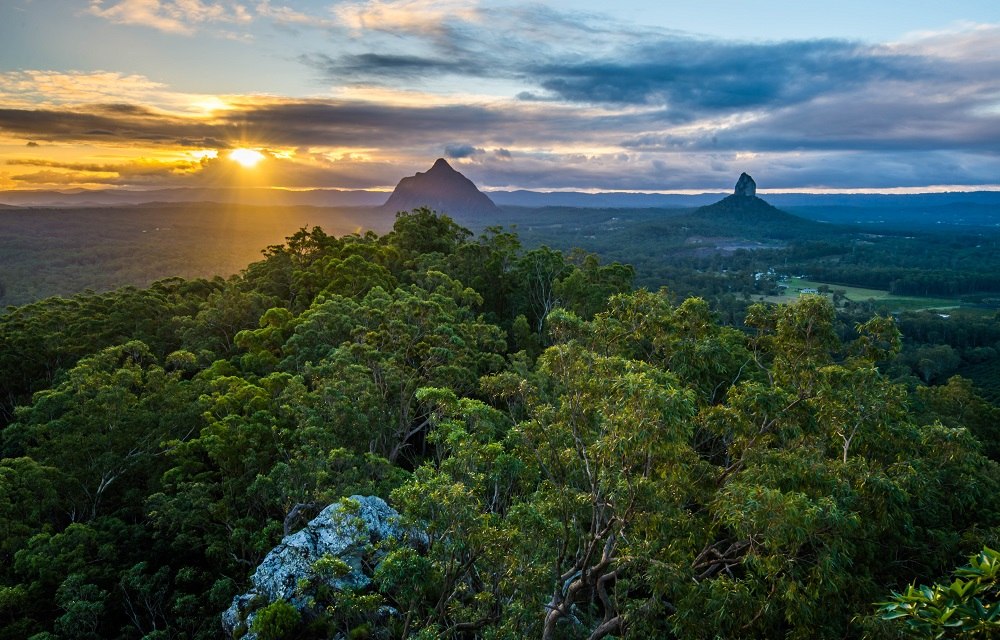
The Maroochydore CBD, Alexandra Headland, Mooloolaba and parts of Kawana Waters have been revealed as possible areas where densities could increase under the Sunshine Coast’s 2024 Town Planning Scheme.
A Sunshine Coast Council spokesperson says the new planning scheme is intended to be completed in 2024, but that is subject to change.
“Preparing a planning scheme is a lengthy process involving multiple steps and it will run over several years. It follows a process set out by state legislation,” the spokesperson says.
“Council is not currently in a position to confirm when the draft planning scheme will be made available for formal public consultation as that will be reliant upon a number of factors.
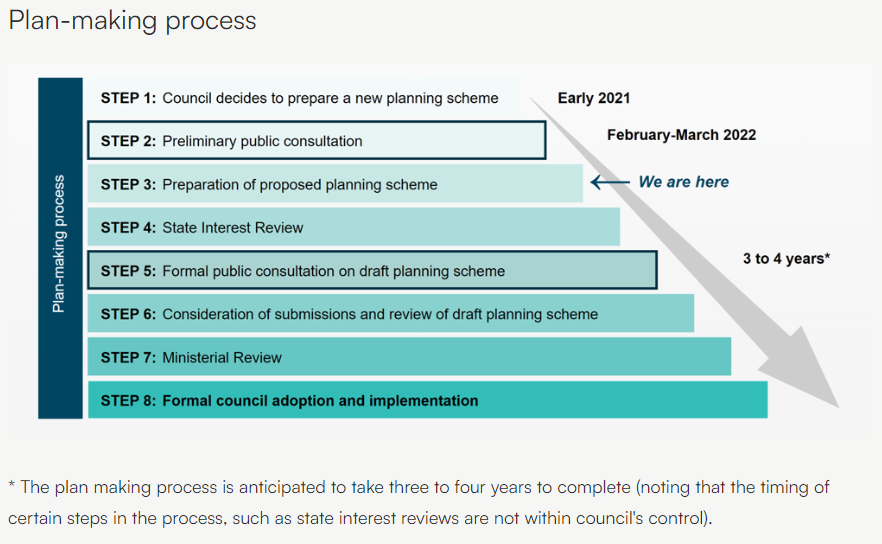
“This includes council’s finalisation of the draft planning scheme and then, subsequently, the duration of a State Interest Review, which must be undertaken prior to the state government giving council permission to proceed to community consultation.
“However, significant notice will be provided to the community when this key step in the plan-making process is approaching.
“Council undertook preliminary consultation during February and March 2022. Feedback received is helping to inform preparation of the new planning scheme (Step 3).
“There will be opportunities for our community to provide further input and feedback later in the process (Step 5).”
Mr Stevens says allowing more medium- and high-density development in major areas close to current and future transport will maintain green space while also easing pressure on housing for our burgeoning population, which the council predicts will grow from the current 370,000 to about 520,000 in 2041.
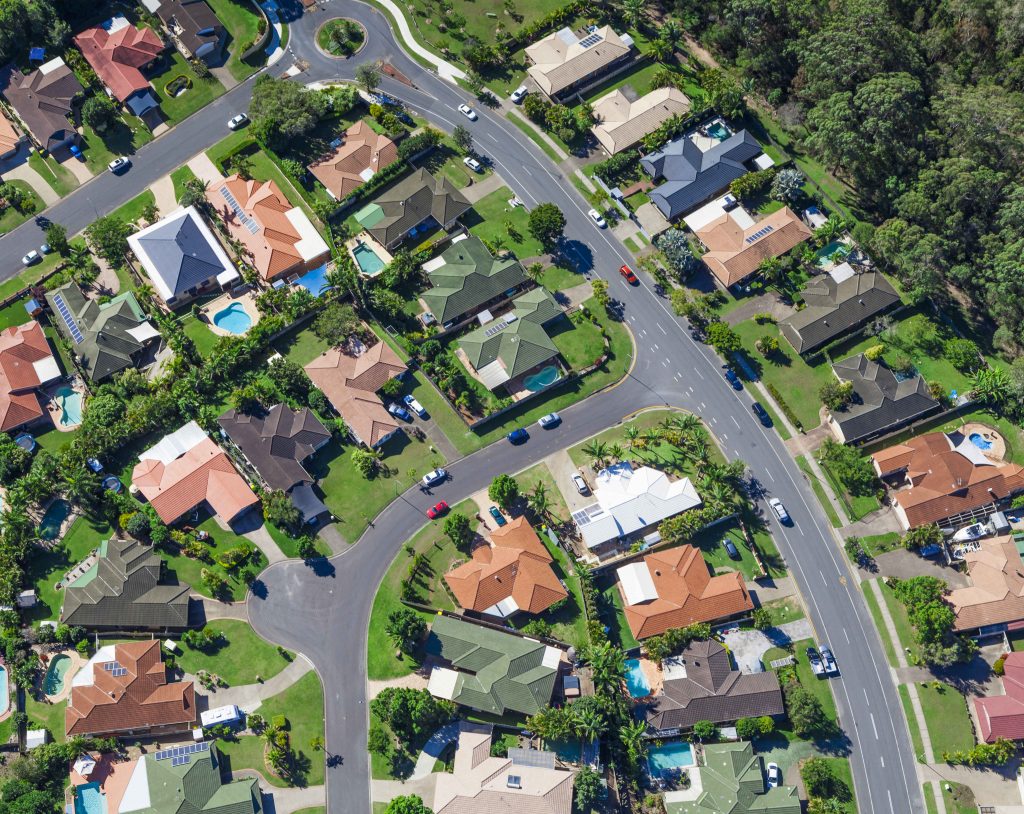
His view is not new.
In a media report from 2005, a UDIA Sunshine Coast branch past president, Graham Tamblyn, said it was world’s best practice to trade off environmental gains for higher buildings. And his sentiment was supported at the time by then-Sunshine Coast Environment Council campaign co-ordinator Scott Alderson, who said higher-density housing needed to be encouraged in areas including the Maroochydore and Caloundra CBDs.
Help keep independent and fair Sunshine Coast news coming by subscribing to our free daily news feed. All it requires is your name and email. See SUBSCRIBE at the top of this article.
In the wake of plans by then-Maroochy planning chairman Steve Dickson to introduce a notice of motion to ban the approval of any buildings in the shire over 37.5m (a maximum of 12 storeys), Mr Alderson said that while the Coast didn’t want to become another Gold Coast with blanket high-rise, encouraging higher-density housing and localised employment generation would reduce energy and fuel consumption.
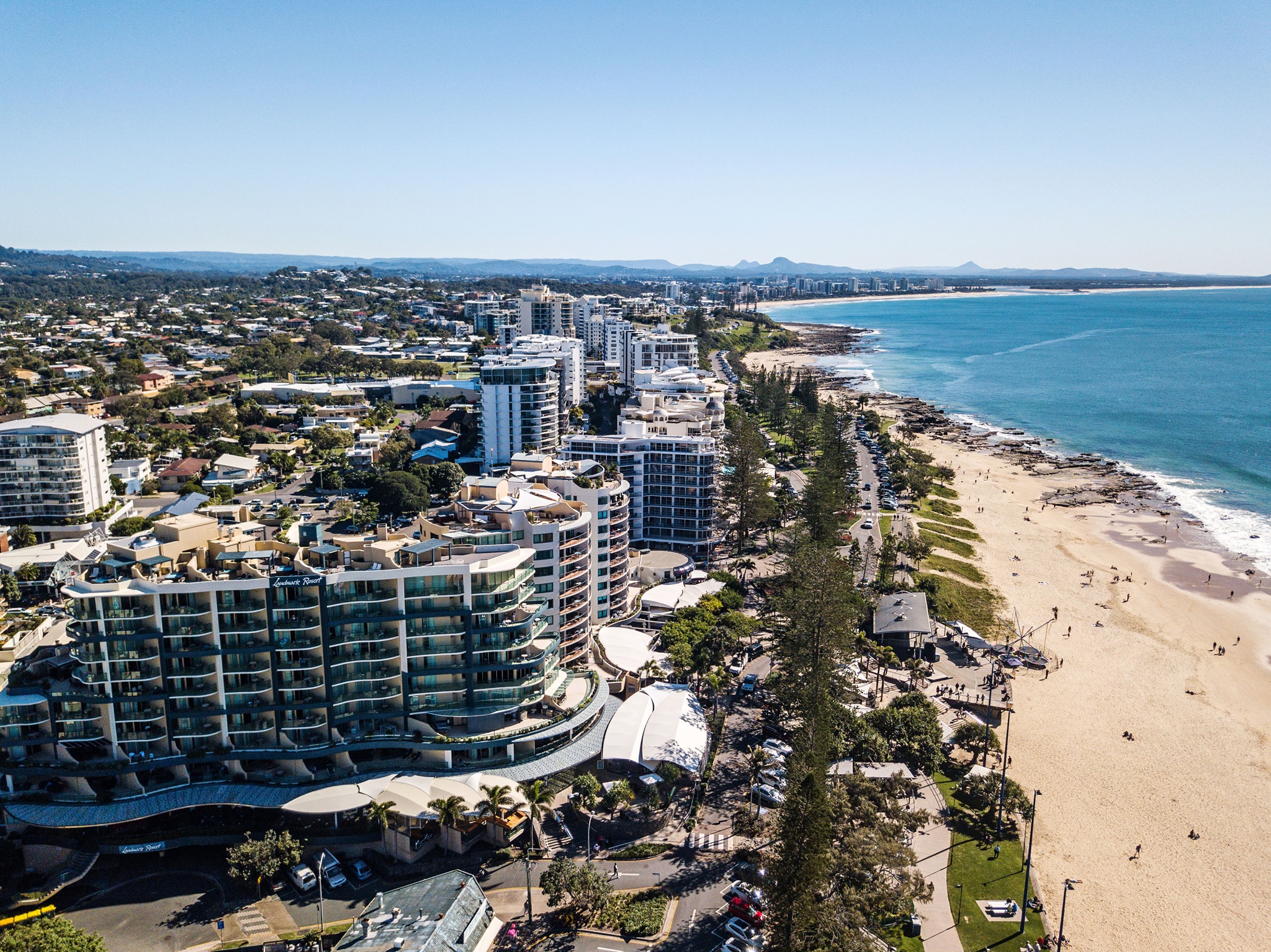
Mr Stevens believes only “a vocal minority” is still opposed to alternative development forms and that a “generational shift” has occurred.
“I’m not convinced that the community is opposed to high-density living,” he says.
“There is a generational shift which has occurred – particularly in the last 10 years – where people migrating to the Coast are not necessarily coming from areas where they’ve lived in traditional detached housing.
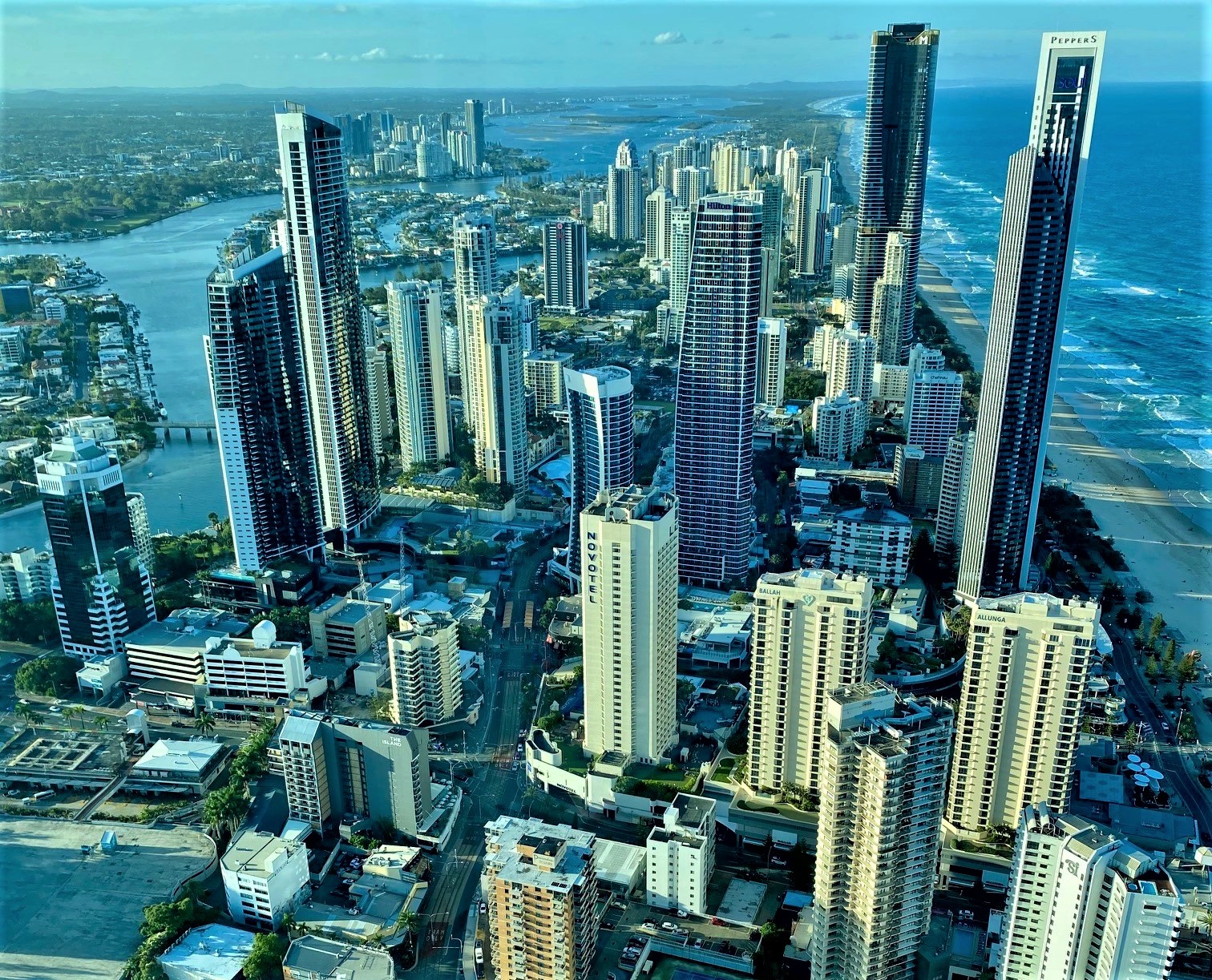
“It’s not just the appeal of moving to the Sunshine Coast to live on an 800sqm block of land. The appeal is to be living in the maturing urban and natural environment of the Sunshine Coast.
“That doesn’t mean building high-rises up and down our coastline. We will never be the Gold Coast. That whole discussion needs to be dismissed for what it is, which is just scaremongering.”
Mr Stevens says high-density living comes in many built form typologies and “the building heights of 50 to 80 storeys which currently exist on the Gold Coast will never be reflected on the Sunshine Coast”.
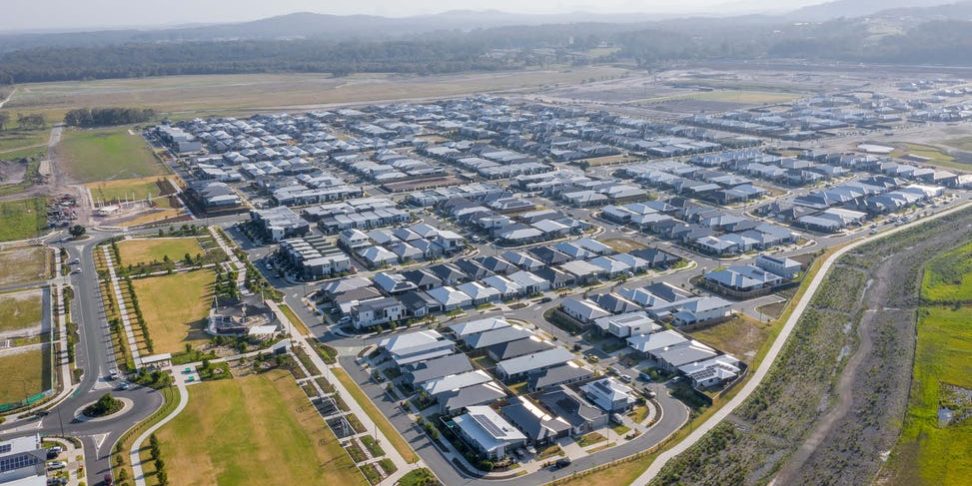
“Our master-planned communities are of a very high standard – an example of that being Avid Property Group’s Harmony (Palmview) development, which last month was awarded the Master-Planned Community of the Year and also the Best Project of the Year in the nation by the UDIA,” he says.
“We plan our projects incredibly well on the Sunshine Coast and there’s no reason why we can’t be planning the same for our medium and high density.
“One of other major developers on the Sunshine Coast, the Aria Property Group, who own a number of high-density sites, recently within the same UDIA national awards won the High-Density Development Award.
“So, we’re in good hands.”
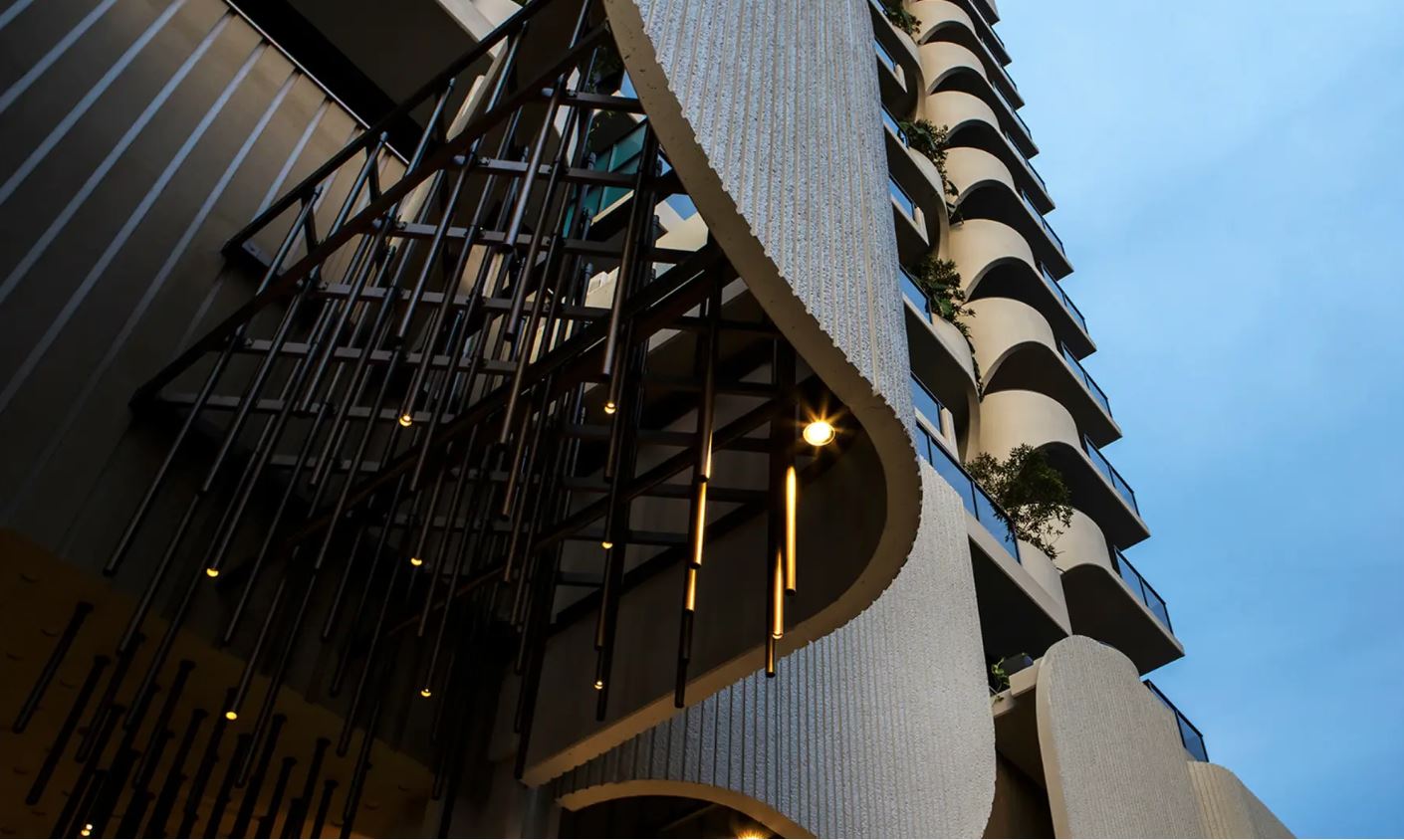
Mr Stevens says the region needs to “get the balance back again” in providing a range of living options that consider the big picture for the future.
“Another issue is that many of our medium-density sites are unviable to be developed,” he says.
“People are buying properties because of their location – being close to services and amenity and the beach – and they’re spending $1.5 million on an old house, knocking it over and building a new house. Developers cannot compete to deliver affordable development.
“We need to incentivise developers through density increases and infrastructure charges incentives, as well as disincentivise people from rebuilding detached houses in areas that are more suited for medium and high density.”
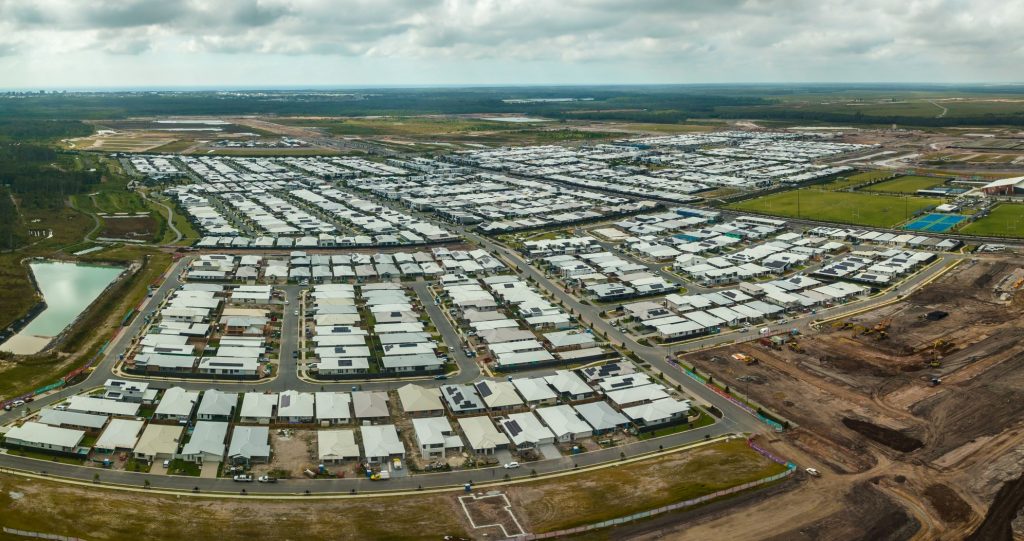
Mr Stevens, whose project management division has just merged with Brisbane-based national firm MCD Australia, says town planners are already suggesting to clients that they look to the current and future needs of the Coast “rather than undercooking important sites”.
He is also confident the university-qualified and experienced council planning staff will address the accommodation density requirements in the new town planning scheme.
The onus is now on councillors to support them.
“What we need now is strong leadership among our councillors to support the strategic direction that the planning staff are providing,” Mr Stevens says.
“Our council were elected to represent our region and make considered decision that are in the Sunshine Coast’s best interest, not what’s best just for the vocal minority who don’t want any change.”
Like stories about Sunshine Coast people doing great things? Help us deliver more by registering for our free daily news feed. All it requires is your name and email. See SUBSCRIBE at the top of this article.


